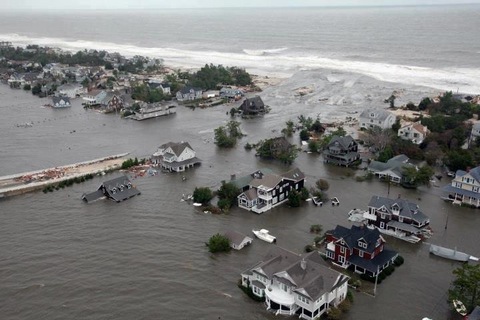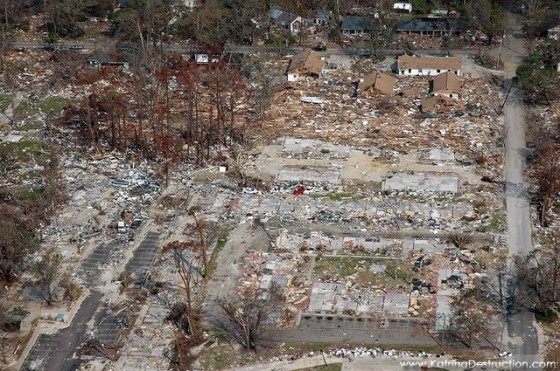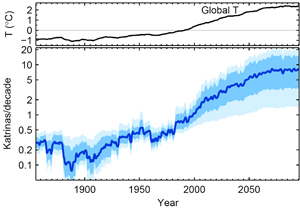Experts in public health have struggled with enabling behaviour change for years. The sustainability sector should learn what it can from their experiencesSteven Johnson

Lessons for sustainability: having travelled the long-hard road of tobacco control, public health knows that behaviour change is a journey, not an event. Photograph: Frank Whitney/Brand X/Corbis
Consumer behaviour change is the challenge of our time. As governments and brands are beginning to realise, upstream improvements are relatively easy to make compared with the herculean task of shifting consumer behaviours downstream.
While the sustainability community is just beginning to get to grips with the gravity of this challenge, our colleagues in public health have been wrestling with it for decades. Great progress has been made, but hard lessons have been learned – costly, time-consuming lessons that we can all learn from.
People need more information
No they don't. They need practical tools. Public health has spent decades firing messages and health information at target audiences with little demonstrable impact on behaviour. With message fatigue reaching epidemic proportions and behavioural science clear on the limitations of rational appeals, public health has finally drawn back from its relentless campaigning to focus more on clear, actionable steps, combined with practical support to implement them.
Information is necessary for change, but is not sufficient. It will only contribute to behavioural outcomes if it is integrated with consideration of how we create conditions in which the information can be acted on.
We need to inspire people
No we don't. We need to take them on a journey. Having travelled the long-hard road of tobacco control and smoking cessation, public health knows this all too well. Behaviour change is a journey, not an event. It happens over time, it goes through different stages, encounters different obstacles and doesn't necessarily move forward all the time.
One off, tactical interventions may trigger temporary, symbolic behaviours – give up X for a day; turning off Y for an hour etc – but sustainable change requires long-term strategic approaches based on robust behavioural theories and models of change.
Attitudes drive behaviours
No they don't. Contexts drive behaviours. For decades, public health laboured under the common sense assumption (supported by the more traditional social psychology literature) that the attitudes we hold determine the behaviours we manifest: if people agree that excessive alcohol consumption is a bad thing, they won't drink to excess. This radical reductionism is not only wasteful (it doesn't work), but also unethical.
An exclusive focus on internal psychological constructs (such as attitudes) places disproportionate emphasis on the individual as the locus for change, and removes due consideration of the social and structural influences that surround them. Effective and ethical behaviour change interventions take a holistic approach that influence at the social and structural levels, not just the individual.
Market research will give us the answers
No it won't. But collaboration will drive innovation. While the intention-action gap is relatively new to sustainability, it has been public health's arch nemesis for decades. In both cases, it is rooted in the simple fact that what people say and what they do are often two very different things, especially when it comes to issues that have a normative or moral dimension... such as health and sustainability behaviours.
Despite this, most market research is still built around methodologies that drag people out their natural context, sit them in a room and ask them what they think. While some would say that public health has only just started to listen to citizen perspectives, considerable work has been done recently under the banners of co-design, co-creation and co-production to base public health behaviour change efforts on collaboration rather than consultation.
The surge of quantitative, survey-based data demonstrating how consumers intend to recycle more, buy more ethically, base purchase decisions on brand behaviour etc have a role to play in building our insight and establishing baselines. However, sustainability behaviour change needs to quickly begin moving on from the neat rows of tick boxes to the messy complexity of people's real lives as the primary source of inspiration for effective intervention.
We need a hard-hitting approach
No we don't. We need an empowering approach. The use of shock or fear appeals is a public health addiction that is hard to shake: the tumours growing out of cigarettes, the drunk people flying off buildings, the graphic car crashes. However, while these approaches generate widespread publicity and evaluate well for recall, the spike in awareness rarely correlates with any sort of sustainable behaviour change.
Thanks to the recent popularisation of behavioural economics, and particularly the work of Daniel Kahneman, we know how adept the human cognitive system is at protecting itself from emotions that it would rather not have to deal with. Dramatic depictions trigger defence mechanisms just as quickly, if not more quickly, than they trigger emotions and the viewer has recall to a range of strategies to distance themselves from the message.
For sustainability behaviour change, this means moving away Armageddon and extinction as motivators to more positive depictions of a future built from the behaviours we seek to bring about.
We need a TV ad to reach the masses
No we don't. We need tailored strategies based on the particular needs of specific segments. The entire preventive health agenda in the UK over recent years has been defined by challenge of health inequalities: the fact that certain sections of society consistently display poorer health outcomes.
The long hard lesson that public health has learned is that one-size-fits all approaches to behaviour change, such as mass-media campaigns, run the risk of actually widening health inequalities. That is, they accelerate change among those who are already considering it or implementing it – almost invariably the whiter, better educated, and more affluent – while ignoring those who could benefit most from intervention.
Segmentation is nothing new to sustainability, but it generally isn't applied with anything like the same rigour as it is in public health. There is clearly much to learn from this. Specifically a shift to thinking in terms of sustainability inequalities would focus resources on sections of society that are most in need of intervention, rather than those that are easiest to engage, and it would facilitate the development of more effective interventions, based on the real needs of real people.
But this issue is really important
No it's not. Work, money and family are important. The rudest of all awakenings for public health was the realisation that it's not really that important to most people's lives. Yes, people value "health" in the abstract, but especially when it come to preventive health and lifestyle-related illness, it's simply not proximate or relevant enough to influence day-to-day life.
This has led to the recognition that if we are to effectively drive behaviour change, we need to locate our issue within people's existing value sets and priorities, rather than seek to extend their values sets to encompass our issue. In very basic terms, we make healthy eating about being able to play football with your son, rather than about preventing heart disease; we make being smoke-free about attracting the opposite sex, rather than preventing lung disease.
Culturally, sustainability is a scientific issue and most behaviour change work is built on the assumption that people will attach as much importance to climate change, species diversity and resource depletion as the scientists do. It is essential therefore that when it comes to consumer behaviour change, we take their lives not our issue as a starting point.
Steven Johnson is an independent writer, speaker and creative consultant specialising in sustainability, CSR and behaviour change. He is a D&AD trustee, founder of Collaborative Change and author of upcoming book, Considered Creative. He blogs and tweets as@Considered_
This content is brought to you by Guardian Professional. Become a GSB member to get more stories like this direct to your inbox





